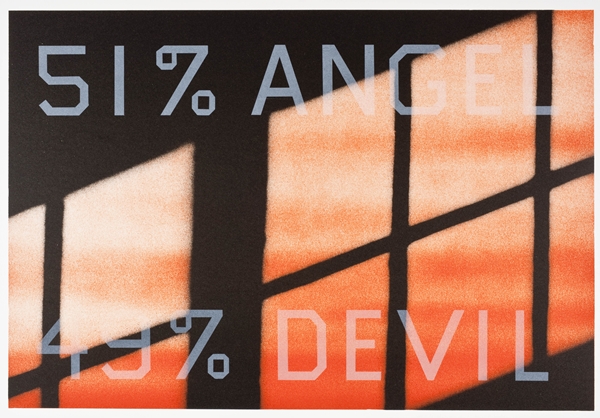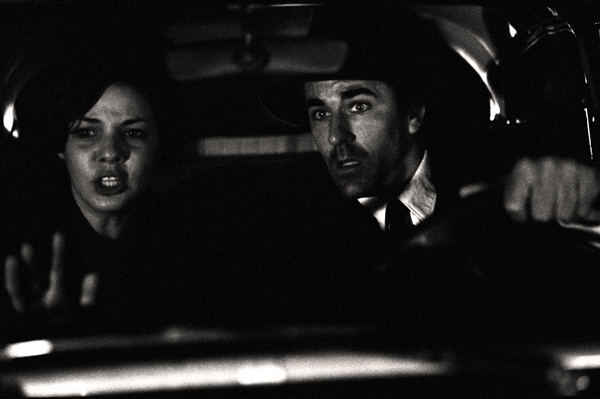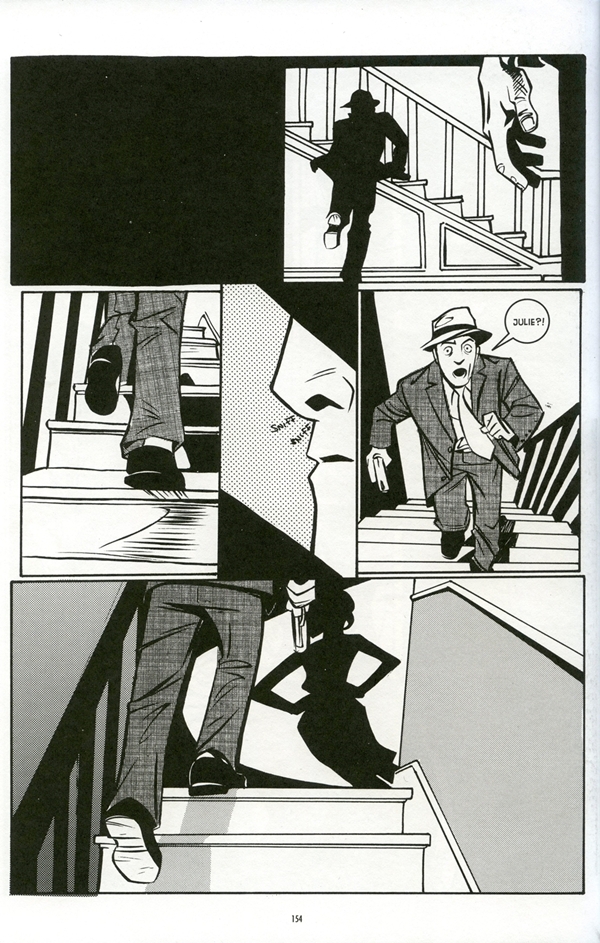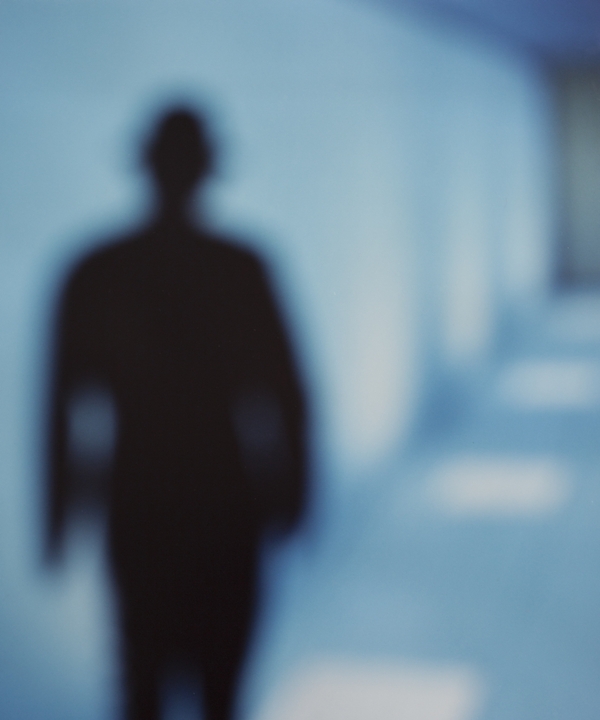Pick up a glossy magazine and there’s a good chance you’ll see a fashion layout or an advertisement featuring a mysterious, glamorous woman, dressed to kill, shot in high-contrast black and white. She’s retro but cutting-edge contemporary as well.
Scroll through a Netflix menu and it won’t be long before you find a slew of crime movies with archetypal characters: the private eye, the corrupt cop, the vicious gangster and the woman who lures men to lust and doom.
Why does noir – a term that covers much more than movies – continue to intrigue and delight? My theory is that film noir’s strikingly elegant style, moral ambiguity and political awareness put the pictures way ahead of their time when they were made in the 1940s and ’50s. Not surprisingly then, they still resonate with audiences of today.
At the Skirball Cultural Center in West Los Angeles, running in conjunction with the Light & Noir: Exiles and Émigrés in Hollywood, 1933–1950 exhibition, The Noir Effect examines how the film noir genre gave rise to major contemporary trends in American popular culture, art and media.
The show, which runs Thursday, Oct. 23, 2014 to March 1, 2015, highlights noir elements such as the city, the femme fatale, the anti-hero and moral codes.
As Skirball Cultural Center Assistant Curator Linde Lehtinen says: “Noir remains a powerful approach and style because its dark, urban sensibility and its perspective on identity, morality and the shifting nature of the modern city continue to be relevant and timely.”
In addition to clips from neo-noir films such as “Chinatown” (1974, Roman Polanski) and “Brick” (2005, Rian Johnson), the exhibition will feature contemporary art, literature, photography and fashion advertising as well as children’s books, games and comics, including Luke Cage Noir and Spider-Man Noir.
Featured artists include Bill Armstrong, Ronald Corbin, Helen K. Garber, David Lynch, Daido Moriyama, Karina Nimmerfall, Jane O’Neal, Alex Prager, Rouse & Jones, Ed Ruscha and Cindy Sherman.
The Noir Effect will allow visitors to reinvent noir for themselves. A costume wall and portrait station invite visitors to pose for their own noir-inspired “museum selfie,” while writing materials encourage on-the-spot noir narratives. The Skirball Cultural Center will also hold an online photo contest as a way to gather visitor snapshots of L.A. neighborhoods captured in classic noir style.

Ed Ruscha, 51% Angel / 49% Devil, 1984, Los Angeles County Museum of Art, Graphic Arts Council Fund.
Additionally, the site-specific installation Café Vienne pays tribute to the important cultural role of the Viennese coffee house. In the early 20th century, female artists and writers embraced these coffee houses as places for debate, networking and inspiration.
Contemporary visual artist Isa Rosenberger (b. 1969) uses this historical setting to address the life and work of Austrian- American Jewish writer Gina Kaus (1893–1985), once known in literary circles as “Queen of the Café.” A best-selling novelist before she was driven from Europe by the Nazi regime, Kaus eventually emigrated to the U.S. where she became a Hollywood screenwriter.
We at FNB are very excited about this terrific programming and can’t wait for it to start. We’ve long been captivated by film noir and it’s gratifying to find so many others who share our passion.













From FNB readers